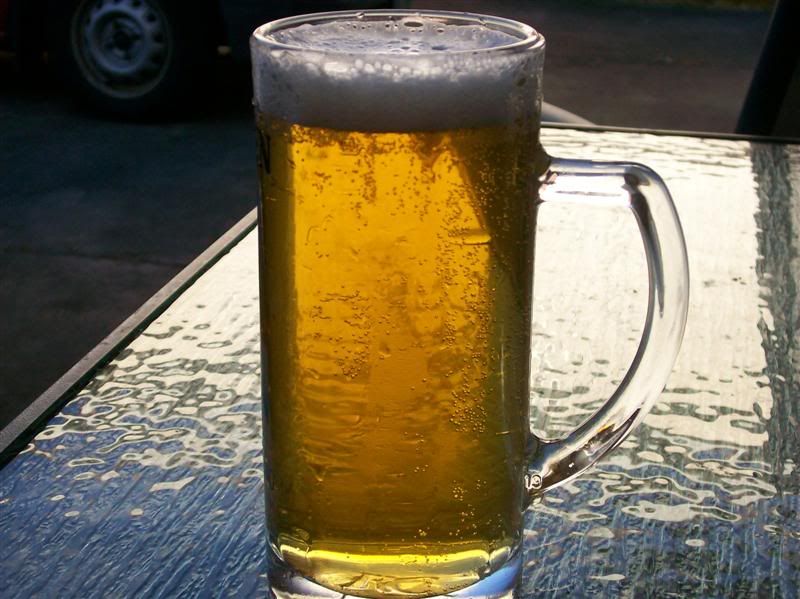I've never had any luck with whirlpooling as my urn has an exposed element that causes too much 'interference' and I can't get a clean result. I find that Whirlfloc and a 20 minute rest before transferring to my slow-chill cube works fine. Here's a couple of photos I posted on another forum showing ...
- Forum: Intermediate Brewing
- Topic: Whirlpooling, do you do it? How do you do it? Does it work?
- Replies: 13
- Views: 15581
- 14 years ago
- Jump to post
